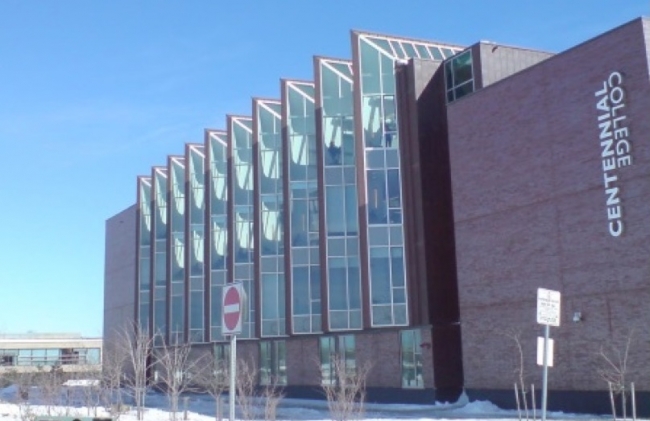September 30th, 2015: Recent research conducted by Canadian University Dubai (CUD) professor of architecture, Dr. Hamoud Dekkiche, has revealed how the application of infrared technology can assist in evaluating and enhancing the energy efficiency of our built environment.
With the increasing drive towards sustainable development, minimizing energy consumption has become one of the key benchmarks in the design and construction industry. As the LEED sustainability rating system now sets the standards for energy efficiency, Dr. Dekkiche set out to investigate how the real-life performance of a building actually lived-up to its official environmental credentials.
In partnership with Dr. Ali Taileb of Durham College, Ontario, Dr. Dekkiche based his research on a LEED Gold Standard educational building located in Toronto, and explored how infrared imaging could be used as a means of analyzing and improving energy consumption.
Dr. Dekkiche explained, “Buildings are responsible for around 30-40% of primary energy consumption and 50% of emissions worldwide, so green buildings are becoming an important dimension of the construction industry.
“However, the energy modeling and simulation that determines the LEED rating cannot accurately take account of internal components that might affect energy efficiency. Furthermore, a lack of rigorous inspection and testing means that even well designed buildings, if badly executed, can result in considerable energy loss.”
The research was presented at the International Conference on Sustainable Design, Engineering and Construction held in Chicago, USA earlier this year. It has also featured in the latest volume of Procedia Engineering, published by Elsevier.
Dr. Dekkiche specifically sought to explore how infrared technology could be used as a qualitative survey technique to inspect the functional energy efficiency of a building, and to establish its actual performance and sustainability credentials, by detecting where and how energy might be leaking from the site.
He concluded, “Infrared thermography can be used to inspect surface temperature variations and identify irregular thermal patterns that correspond to thermal bridges, which are vital points in the investigation of building envelopes.
“While further investigation is required, our research suggests that integrating infrared imaging into the LEED certification process could help improve the energy efficiency of buildings in the future.”

